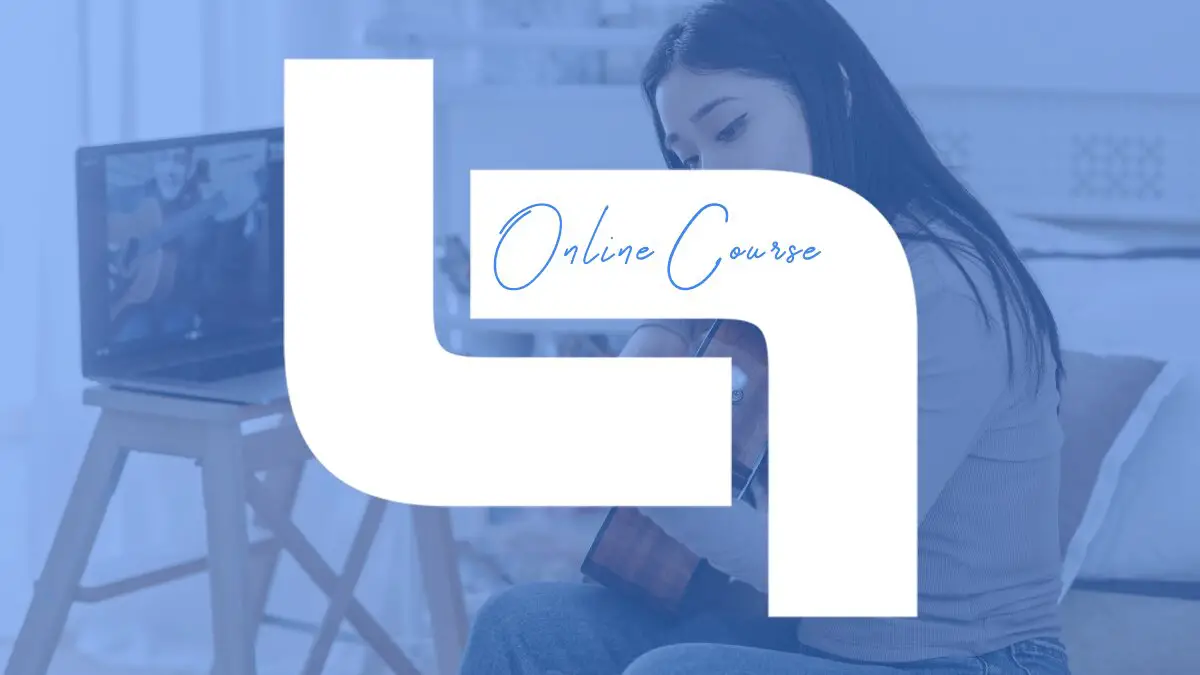Today, everything has found its place online, so online education is also widespread. People are educated starting from scratch or upgrading their previous knowledge and improving their skills, all that using online resources. So, a lot of people opt for this type of learning because it is flexible when it comes to the time and place of attending the course.
Many courses are available today, and there is almost no topic that is not covered in online courses. Just as anyone today can find an online course and attend it, almost anyone can create a course. But not everyone can create a good course. A lot needs to be done for the creation and management of an online course to be of high quality and value for both parties, both course participants and lecturers.
What is an online course?

An online course is a modern version of a classic course that is based on a predetermined plan and curriculum and can be in one of the following formats: video, audio, or text. Like the classic course, the online course can also contain various tasks and assignments.
Below are some steps you need to take while creating an online course.
Selecting a topic and research

To create an online course and successfully sell that course to potential students, you need to think very well about your knowledge, keeping in mind that your audience is not professional and you have to teach someone something. To teach someone something, you must first have an excellent knowledge of the subject and know what you are teaching others.
When choosing a topic, you need to research the market to know what is currently in demand and what is topical, as well as what topics are currently lacking in online courses. After that, you just need to combine these three factors to come up with a topic that you can cover.
Planning the entire course

When planning and organizing the structure of the course itself, you first need to decide how many modules the course will have, how many lessons each of the modules will have, and what the goal of each lesson is.
Also, you need to decide whether it will be a video or audio lesson. Then each lesson should be broken down into even smaller parts, i.e., titles to highlight the main points and to make it more natural and easier to follow the development of the topic.
As it is not always possible to tell everything through audio and video, it is essential to prepare written material that participants will be able to read and even better understand everything you are talking about.
Exercises are also of great importance; they should be of different levels because when it comes to online courses, the people who attend them are both total beginners and those with prior knowledge.
Creating a course

Once you know what you are going to teach the course participants and after you have planned your course, it is time for a slightly more concrete step where your course is being created. At this stage, you’ll create the necessary materials. If it is a video course – you will record videos. If it is an audio course – you will record audio recordings; if it is a course based on text files – you will write text material or maybe combine all of these.
Here we will give an example of a video course, and therefore the first step in creating content is to record a video. You need to create a nice environment to shoot. The background should not distract the viewer, provide a quiet place where there will be no sounds from the side that would distract you during filming but also create unnecessary noise in the recording (in both cases, when you record yourself and when screen recording).
The condition for this step is not professional recording equipment, but certainly, the better the recording equipment, the better the quality of your video material.
Once you have recorded the video, it needs to be processed and edited. You need to remove all unnecessary breaks, make shorter and dynamic clips and merge them, instead of leaving one longer clip.
Add titles, insert captions to make it easier for attendees to follow you, insert relevant images and slides, all to attract and retain the viewer’s attention. There are many video editing tools (online, free, paid) that allow you to do all of the above. Some of them are: Adobe Premiere Pro, Adobe After Effects, LightWorks, Freemake, iMovie, Shotcut, and many others.
The last step in creating content is to write text documents that will be part of your course. These can be assignments, scripts, additional materials (external content), and many others. These documents should be downloadable PDF files, and a Microsoft Office suite is sufficient to create them.
Finding an online place for a course
After creating the course, you need to find a place for that course on the Internet. Here your path forks in two directions. In case you have a professional website, then feel free to use it as a platform for your course, of course, if you have a sufficient number of visitors on the website.
On the other hand, the Internet is full of platforms that offer you space on the Internet for your course. All you need to do is create an account on the same (paid or free, depending on the platform), and only uploading the material separates you from posting the course on the Internet.
As we have already said, there are many such platforms, but the following stand out in terms of popularity, number of courses, and number of attendance: Udemy, Coursera, edX, Khan Academy, Skillshare.
Sales and marketing

Sales and marketing campaigns are also of great importance when launching a course online. As for the price, it should be competitive. How you will form the price for your course is only up to you, but you need to think carefully about how much you gain and how much you lose when setting a certain price.
You must have a sales plan on an annual basis and organize the sale itself, that is, decide clearly when you want to sell a course and when you want it to be available for attendance. An integral part of sales is marketing and planning the promotion of the course in order to reach those who need your courses and who will want to learn from you.
There are many available types of marketing, so it is up to you to decide how you want to advertise and introduce the audience to what you have to offer. Today, it is very popular to cooperate with certain influencers if their audience also happens to be your target audience.
Networking and communication

For online courses, it is vital to achieve two-way communication between lecturers and students since it is not a face-to-face lecture. Creating a closed group for course participants is a great idea, for example, a Facebook group. That way, you will create a community of people who have essentially the same goal, and this way, they will be able to help each other to achieve even better results.
This step can also lead to additional connection and acquaintance not only of the participants themselves but also you with them since there will be communication between you and your students.
In this group, you can always continue to share articles and other materials related to the course, which could be of interest to the participants and be useful for them. That way, you can stay connected, and that will significantly affect their impression of you.
Performance monitoring

One more important item is the impressions section, where people will share their impressions about you and your course. People will be able to see and hear the opinions of others who have already attended one of your courses, so your potential future participants will be able to more easily decide to attend the courses you offer.
Also, this can be beneficial for you to know what people liked and what they did not like about you so that you can constantly improve the courses you offer.
Conclusion
The effort and ambition to create quality content are always necessary, but it could be said that today it is especially important to take steps that will set one lecturer apart, given that today the competition is so huge.
Although there are many factors involved in the best possible creation of an online course, and it is impossible to list them all in a short text, we hope that the ones we have listed will help you in organizing and realizing your online course.

